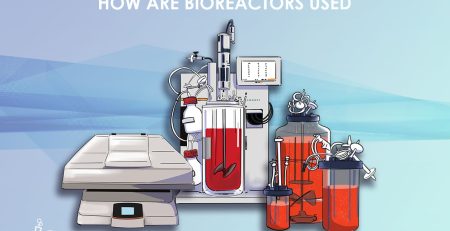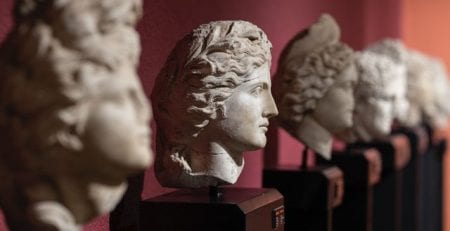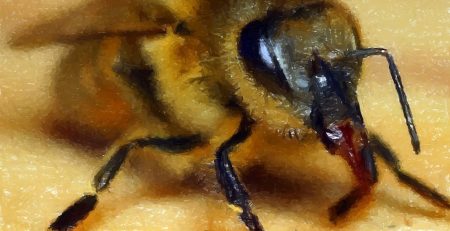From The Grave, Famed Scientists Still Changing The Way We Think About Biology
It’s been a little over two year since world renowned scientist Alan Turing has passed and yet he’s still begins to amaze us. Sixty years ago Alan wrote a paper called “The Chemical Basis of Morphogenesis” in which he theorized how cells are developed and change over time. For those of you who don’t know Alan Turing, he created Artificial Intelligence decoded cryptic German messages for the Allies in World War II.
Now a group of local scientists based out of Waltham, MA are trying to experiment with his theory on Morphogenesis. Turing came up with a model where cells were arranged in a ring. Identical cells will eventually interact with each other and chemically change themselves. Seth Fraden a physicist at Brandeis University, among four other scientists have drafted up an experiment using drops of chemical compounds floating around in oil. As the identical drops were placed in the oil they eventually interacted with each other becoming chemically distinct from one another. Just as Alan Turing predicted. However, some of the results from this test didn’t synch up with Alan’s paper. The team recently published their findings in the Proceeding of the National Academy of Sciences. We thought we’d share this with our readers as it’s pretty cool a paper written over 60 years ago could impact the way scientists think today.














